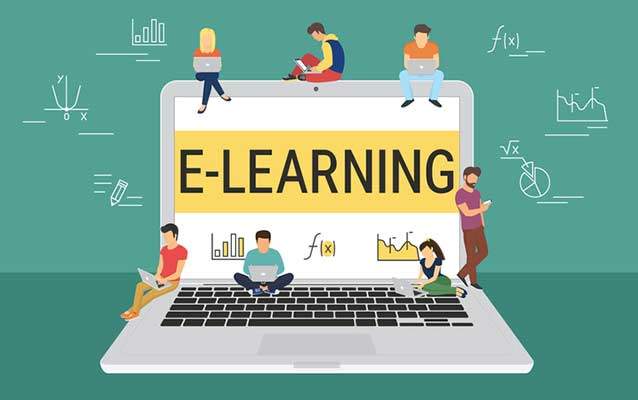Technology has transformed the field of education, revolutionizing the way we learn and teach. In this article, we explore the role of technology in education, focusing on digital learning and remote education, and how they have become essential components of modern education.

1. Digital Learning Platforms:
Technology has given rise to digital learning platforms that provide students and educators with access to vast educational resources, interactive learning materials, and collaborative tools. These platforms offer a personalized learning experience, allowing students to learn at their own pace and explore diverse subjects. Digital learning platforms also facilitate communication and collaboration between students and teachers, fostering engagement and participation.
2. Online Courses and E-Learning:
Online courses and e-learning platforms have democratized education, making it accessible to learners around the globe. Students can enroll in online courses offered by reputable universities and institutions, gaining knowledge and skills from experts in various fields. E-learning platforms provide flexibility in terms of scheduling, allowing learners to balance their education with other commitments. This approach has made education more inclusive, breaking down geographical barriers and expanding opportunities for lifelong learning.
3. Virtual Classrooms and Remote Learning:
The emergence of virtual classrooms has transformed the concept of traditional classroom-based learning. Remote learning enables students to participate in real-time interactive sessions with their teachers and peers, regardless of their physical location. Virtual classrooms utilize video conferencing, chat features, and collaborative tools to facilitate engagement, discussions, and knowledge sharing. Remote learning has become especially important during times of crises, enabling continuity of education in situations like the COVID-19 pandemic.
4. Access to Information and Online Resources:
Technology has made information readily accessible, providing students with a wealth of knowledge at their fingertips. Online resources such as e-books, scholarly articles, and educational websites allow students to conduct research, expand their understanding, and explore new ideas. The internet serves as a vast repository of information, enabling students to access diverse perspectives, enhance critical thinking, and develop digital literacy skills.

5. Personalized Learning and Adaptive Technologies:
Technology enables personalized learning experiences tailored to individual students’ needs and abilities. Adaptive learning technologies leverage artificial intelligence and data analytics to track students’ progress, identify areas of improvement, and deliver customized content and assessments. This personalized approach ensures that students receive targeted support and guidance, enhancing their learning outcomes.
6. Collaboration and Communication Tools:
Technology facilitates seamless collaboration and communication among students and educators. Online platforms and tools enable group projects, peer-to-peer discussions, and virtual teamwork. Students can collaborate on documents, share ideas, and provide feedback in real-time, fostering teamwork and enhancing their interpersonal skills. Additionally, communication tools like email, messaging apps, and discussion forums facilitate teacher-student interactions and foster a sense of community in remote learning environments.
7. Gamification and Interactive Learning:
Technology has introduced gamification elements and interactive learning experiences into education. Gamified learning platforms use game-like features, rewards, and challenges to engage students and make learning enjoyable. Interactive simulations and virtual reality experiences provide immersive learning opportunities, allowing students to explore complex concepts and real-world scenarios in a safe and interactive manner.

Conclusion:
Technology has revolutionized education, opening up new possibilities for digital learning and remote education. Digital learning platforms, online courses, virtual classrooms, access to information, personalized learning, collaboration tools, and interactive experiences have become integral components of modern education. By leveraging technology, educators can create engaging and inclusive learning environments, cater to individual student needs, and foster lifelong learning. As technology continues to advance, its role in education will continue to evolve, shaping the future of learning and equipping students with the skills and knowledge needed to thrive in a digital age.